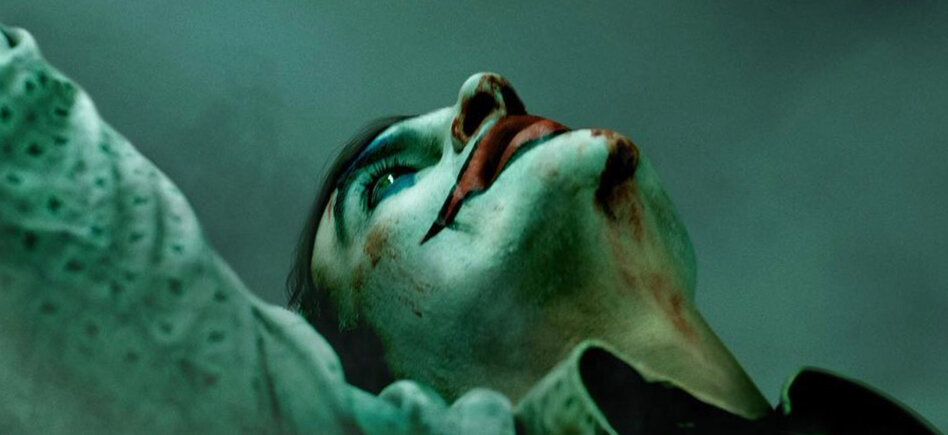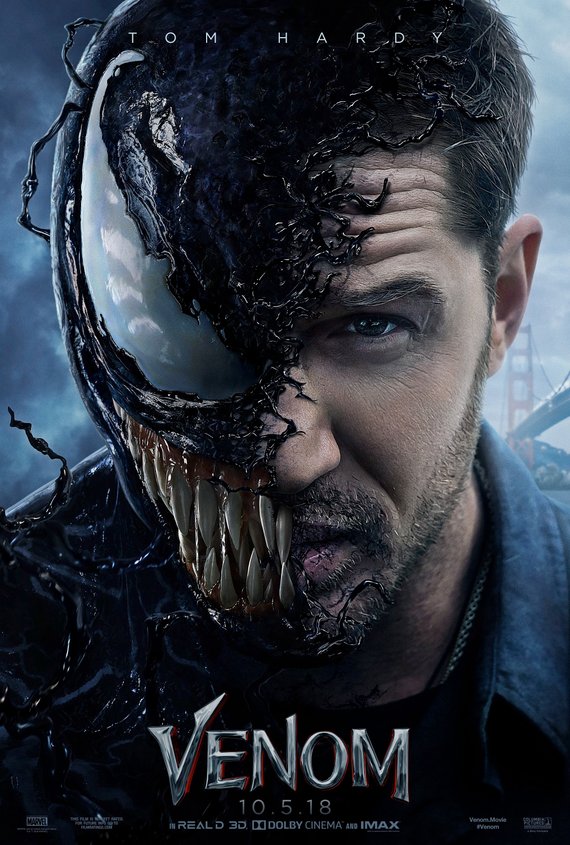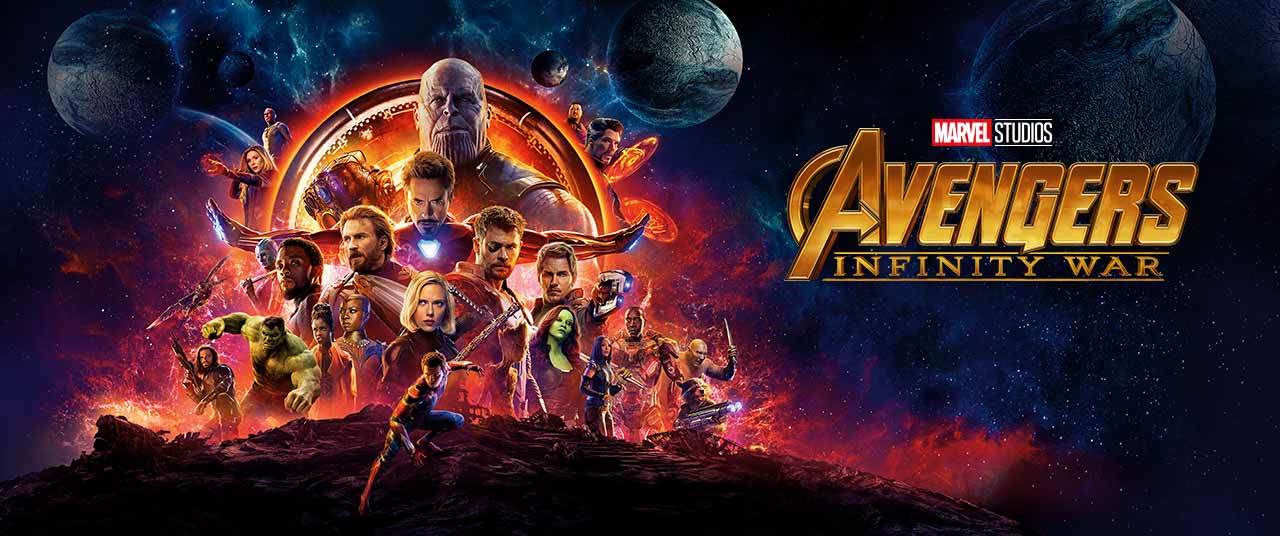In a year that sees Disney sitting atop the box office charts with the four highest-grossing films worldwide of the year, with one more likely waiting in the wings (Rogue One: A Star Wars Story), and with more than $4.7 billion in global receipts so far (with another likely $3.433 bigllllion to come), the studio’s next potential blockbuster franchise is just around the corner. Marvel’s Phase 3 kicked off this summer with the release of Captain America: Civil War, taking $1.15 billion at the box office, and now the MCU’s next entry arrives November 4th when Doctor Strange hits theaters. With a mix of popular superhero and fantasy elements plus the seemingly invincible Marvel branding.
Currently it’s Rotten Tomatoes score as of this writing sits at an almighty 98%, incase you were wondering where I might be leaning in this review. With that said let’s dive into Marvels’ Doctor Strange…
Doctor Strange just might be the best MCU origin film since Iron Man, it easily has the best visuals of any of the MCU film’s to date, and it easily defied my expectations on how to deliver a superhero origin story firmly that is straddling the lines between the superhero genre, Matrix Kung Fu cinema, the occult-horror subgenre, and magic/fantasy pictures. It’s part Iron Man, part The Matrix, part The Conjuring, and part Harry Potter. Now with that we throw in a dash of Inception, a smidge of Nightmare on Elm Street, and then you stir that all up in a big Marvel bowl.
Director/writer Scott Derrickson and his co-screenwriters Jon Spaihts and C. Robet Cargill have created a delightfully, warped world of occult magic here. They’re able to give every character not just a personality but a an overall worldview, a past, and relationships to define them as more than just supporting player window dressing that do nothing more serve their role in a superhero origin tale. It’s a world with lots of background details and history that make it all come to life and seem even richer, more real. It’s as if this entire world and characters already existed, and we’re just stumbling upon it along with Stephen Strange.
Now much of the critical praise for Doctor Strange that I’ve seen so far focuses heavily on the eye-popping visual effects, and indeed they are very amazing to behold (side note: this film is worth the 3D IMAX price). But I strongly disagree with the various reviews calling this a “safe,” “formulaic,” and otherwise supposedly lacking in stronger story and characterization with any unique approach that defies what we’ve come to expect from either the genre or from the MCU. I’ll start by discussing the depth of character and philosophy in Doctor Strange, and then talk in a broad sense.
Benedict Cumberbatch once again delivers with an emotional performance that’s frankly one of his best to date. I say this due to how you can compare this so favorably to even his more overtly dramatic “serious” roles. Doctor Strange’s character arc is not as simple as its being implied in most other reviews. In fact, believe it or not like the other best of MCU’s characters thus far, he is a man who overcomes certain character flaws and has a change of heart on one level, yet those faults go much deeper and influence him in far more crucial ways that will have long-term ramifications.
He shows immediately off the bat his overall egotism, but what's far more telling is that even his vast knowledge and experience aren’t enough to allow him to perceive the intangible possibilities when they conflict with his dominant and narrow perspective. Much of the story is about Strange overcoming his shortsightedness when it comes to realizing he has access to a whole other level of power and potential within himself, but we see the same flaw manifest again late in the film and leaving unanswered questions.
Watching the film explore Strange’s enlightenment on one hand, while showing the conflict between his expanded perception and his tendency to reapply that wider view to his existing mindset, is interesting. Strange is a good man on one level, and a dangerously narcissistic one on another level. These two competing versions of his self are in fact less “competing” and more “complimentary”
This is why the Ancient One was reluctant to teach Strange, she could see the danger in a man whose best instincts and self are still so closely aligned with seeing the best outcome as the one most reflecting his egocentric self-assuredness. Rules matter less to him than results, and results are idealized in his mind’s eye when they are a reflection of his own ability and success.
Yes I know this is similar to Tony Stark, except Stark’s own internal struggle and transformations are rooted in constant guilt and transfer of that guilt without denying or even caring to directly confront his narcissism. Strange, in contrast, is under the impression — partially true, mind you — that he is resisting and overcoming his self-centeredness. The behavioral outcome changes, and to Strange that is a sign of his transformation, making him increasingly less likely to perceive when his egotism is governing his views and behavior. Again, this speaks to the recurring theme of being blind to risks if the outcome seems to suit him.
It’s true that Strange’s arc conforms to certain expectations of genre and hero’s journey, but then again so do many other character arcs and stories where there are also deeper layers and more to be contemplated than the usual heroic arc. Strange’s, like Stark’s, stands out in the MCU precisely because it is at once such a powerful transformation and yet so many flaws remain. Much of the transformation is a restructuring of some of the same traits and flaws, rearranging them into something new that is stronger in certain places yet just as weak — perhaps weaker — in others. It’s a point reflected even in the magic and spells of the film, where certain simple things turn out to have far greater consequences.
Tilda Swinton while not my first choice who I’d cast as the ancient one, (more on that later), ends up giving a seemingly restrained and calculating performance but also offering glimpses of anticipation and hope as she tries to overcome her own doubts about Strange and helps him finally achieve enlightenment. When we’re allowed to see past her external defenses, it’s a touching moment of unexpected, inspired delicacy. The Ancient One serves as a teacher and moral guide, skeptical of Strange and willing to push him to choose between death or progress in his attempts to master the mystic arts.
While she is no Morpheus, her arc comes full circle and delivers more than merely exposition about magic and training. I’ll also have more to say about this character later in my review, by the way, in relation to the controversy surrounding her.
Chiwetel Ejiofor as Mordo is as fabulous as you’d expect, and then some. He is already a complicated role, and Ejiofor’s tremendous talents turn this into a standout among all of the MCU’s supporting characters. There is a lovely tension created between Strange’s flaw of taking risks out of egotistic certainty that the ends justify the means, while Mordo’s absolutist condemnation of shortcuts, gambles, and compromises is equally flawed.
Therein lies so much of the beauty of Doctor Strange, that it tells us we cannot always find a right answer, that things can’t always make sense, and that sometimes the contradiction between two opposing forces leads to a delicate balance where neither is totally right because an absolute answer isn’t possible in the first place. Endless dimensions and possibilities at every scale make it impossible to assert any single truth or reality dominates this world. Instead, we seek a path of balance between the many forces and elements defining our operating reality.
This notion of right and wrong being difficult to perceive, and of truth being elusive because of its potential presence and absence at the same time, is brilliantly manifest in the film’s villains. Kaecilius is among the very best villains of the MCU — and of superhero cinema overall. He has a wonderful personality, with an understated sense of humor that provides some of the best laughs of the entire film. His introduction to Doctor Strange is possibly my favorite of any on-screen superhero-villain pairing to date. This is a villain who is pretty sure he’s the good guy in the story. You could in fact tweak the film just a little bit to make Kaecilius’ crew of Zealots into the superhero team, with Strange, Mordo, and the Ancient One being the villains.
Mads Mikkelsen (The Definitive Hannibal) portrays Kaecilius not as a villain, but as a man with intense certainty in the righteousness of his cause, a hint of humor and even tolerance for those who seem not to understand the truth he’s been privileged to behold. Mikkelsen’s delivery is so earnest, so honest, that when Strange starts to actually see Kaecilius’ point, we in the audience see it too. He also has probably the best ”villain meets superhero” moment of dialogue of the MCU — maybe of the superhero genre. It’s laugh-out-loud funny, and immensely quotable.
Kaecilius is of course mistaken in his views, starting with an unfortunate faith-shaking realization which he then conflates with a much more insidious purpose and outcome, leading to a jealousy and selfishness that inspire him to seek out darker arts, and finally manifesting in his being deceived into unleashing a worse force upon the world under the pretense it will actually save humanity. It’s a compelling arc, mirroring Strange’s own in many ways, and it opens the door to several revelatory twists and turns. No other MCU villain besides Loki has played such a compellingly formative role in shaping the story and advancing not just the plot but the character arcs for the main players and the themes of the film overall.
It’s fascinating that both sides believe they are fighting against zealots duped by some impure figurehead who uses other people for personal evil gain, and that their own pursuits are protecting the world from danger and injustice. What makes this most fascinating is the degree to which both sides are in fact correct. While of course ultimately Kaecilius is wrong about the outcome of his plan, and while his accusations against Strange’s side are exaggerated and ignore certain context, it’s also far more complicated and he is still correct in many regards.
(A quick note in that regard. There’s a lot to take in, and I’m barely scratching the surface on how philosophical this film can get, and it’s easy to be so in awe of the visuals and the performances that you perceive the most obvious and driving narrative elements on the first viewing (which is itself very satisfying) and think mostly about them, but are rewarded with a great deal more during subsequent viewings. It rewards you with a new layer, a new reveal, for every character and every visual, so I recommend treating yourself to at least a double-dose of Doctor Strange.)
The special effects and imagery of the film’s elaborate action scenes and trips into other dimensions of reality will exceed whatever expectations you have. I say this again, experiencing the movie in 3D, in Dolby Vision and IMAX, is the only way to go, folks. This is one of the rare films where the 3D provides a magnificent, immersive experience beyond what you’re used to in superhero 3D movies.
There are so many moments that will leave you breathless. One battle involves time running backward in the city streets while our heroes and villains do battle amid the reversing chaos. It’s a spectacular, jaw-dropping sequence — the entire setting rewinding around them.
While you’ve seen some footage in the trailers of Doctor Strange’s initial mind-bending visit to alternate dimensions and he’s sent sailing through time and space, trust me that the film holds far more in store in that regard, including a sequence like some sort of psychedelic 1970s black-velvet poster viewed under black light by a college kid deep into an LSD experience. It has all the elements of an early Stan Lee-Steve Ditko comic book. This film is a masterpiece of comic book cinema in pure visual terms, and nothing else thus far in the genre compares. The Inception-like building-inversions, each of these sequences is breathtaking in their own right, and the combination of them in a single film is even more impressive. We’re talking about one of the most energized, gorgeous, spectacularly effects-laden pictures of the year. This film will almost definitely be nominated in the VFX category come OSCAR time.
We’ve seen a lot of media claims that Marvel movies rely too heavily on big CGI-spectacle climaxes, that Marvel villains are rarely memorable and lack strong points of view, that the stories follow predictable patterns, and so on — and Doctor Strange avoids all of these problems, in a big way. Which makes me wonder why so many of the positive reviews still fail to recognize how much the film makes precisely the sort of changes the same reviewers have been demanding for the last few years in superhero cinema.
Now, having rightly applauded the film for everything it gets right, I must in fairness mention two complaints. One is minor, the other is significant and has to be mentioned if we are to speak honestly and in serious analysis of the film.
Let’s begin with the small one — the film opens with a sequence of mystery and horror, leading into elaborate action and spectacle that introduces us to magic and mysticism, after which we join Stephen Strange in the ordinary “real” world. The opening is grand and pulls you into the film immediately, and so it is understandably necessary. However, I must admit that I’d rather have been introduced to the magic and visual splendor when Strange himself first sees it. The opening magical sequence could’ve been saved as a flashback later in the film, which would add to the mystery of some missing pages Strange finds while looking through ancient magical books. Again, I understand all of the reasons for placing the magic sequence at the start, and it’s probably the right choice, but I have to mention it as the one element that I somewhat questioned as far as placement and sequencing.
The other problem we need to address is, as you’ve probably guessed, the casting of the Ancient One as a white character instead of an Asian character. The reason for Marvel’s decision was three-fold: first, if they cast the character as Tibetan, then China would be angry and deny the validity of the casting, and the film likely would be denied a release in a nation of more than 1.3 billion people; second, if they cast the character as Chinese to make China happy, then it would anger people who didn’t want Marvel to give-in to pressure from China or ignore Tibet; and third, the concept of the Ancient One plays into certain racial stereotypes. So the studio says they were pressured from multiple angles on the matter, and decided the best choice was to simply avoid the issue entirely by having other Asian characters while changing the Ancient One to be Celtic.
They also cast the character as female instead of male, obviously. The choice to cast the character as female is a good one, and I wholeheartedly support that change. And make no mistake; Tilda Swinton delivers in the role, so this isn’t a complaint about her. But regardless of how excellent she is in the film, and how much I enjoyed this movie, I can’t ignore the truth that while Marvel offered good explanations for their thinking on the matter; the ultimate choice didn’t need to be whitewashing the character.
The casting of an Asian performer as the Ancient One could’ve been done without reinforcing stereotypes, by simply avoiding making the character behave as a stereotyped character. There are, after all, other Asian characters in the film that are mystical, and it’s possible to write an Asian magical/sorcerer character who isn’t a racist caricature — after all, there are Asian films about mystics and magic, too. Strange doesn’t go to Tibet in the film, he travels to Nepal. So the choice was already made to remove Tibet from the equation and relocate to Nepal, so any concern about offending folks who wanted Tibet represented is a non-issue anyway.
The whole “white guy trains with exotic foreigner and becomes the most awesome student” trope is problematic, but I don’t think the answer is to simply turn an Asian teacher into another white person, especially while otherwise retaining the Asian setting and then surrounding the white master and “chosen one” white pupil with a cast of people of color. The world loves Marvel, and is merely asking to see its own glorious variety reflected back at it while it’s watching.
Doctor Strange came out the gate guns or mantra blazing with its great pacing, stand out cast, the most astonishing visual effects of the MCU to date, and on top of that a thoughtful story embracing moral ambiguities.
With Captain America: Civil War and Doctor Strange, Marvel’s Phase 3 is off to a grand start that looks likely to surpass everything we’ve seen before.
And as always stay through the credits for two post credit scenes.




















